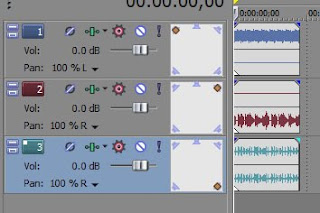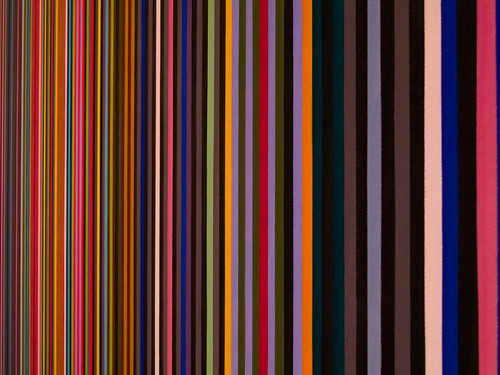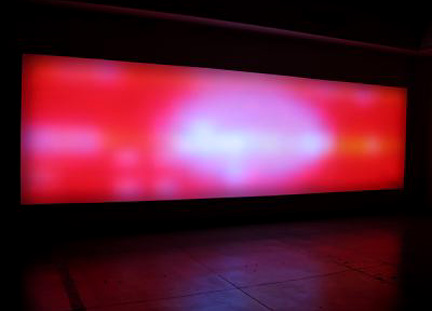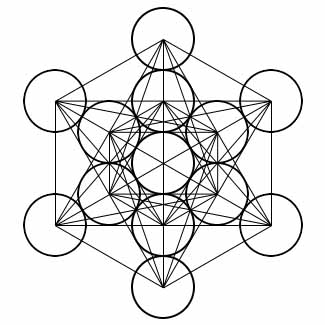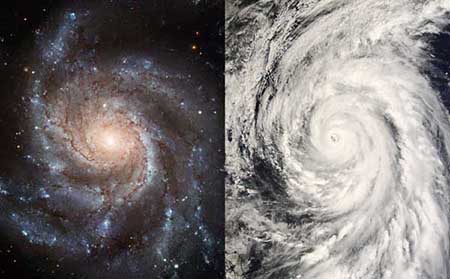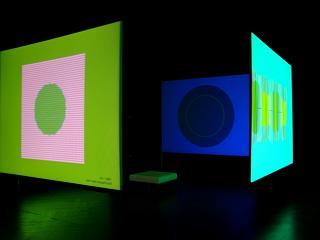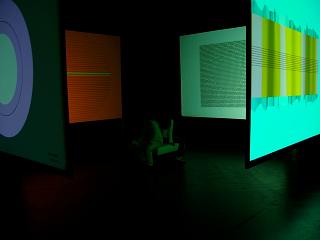Don't get me wrong, I liked Ulrich's work, especially the empty malls and abandoned stores. But I didn't really get what he was saying about the retail stores with people in them. He said that he felt that the stores were designed to make you feel small, but I think of them as the last extension of the corporate machine. Another element created for maximum efficiency and maximum profit, huge stores can hold all the products a company can sell, with rows of check-out lines to get as many customers through as possible.

Brian Ulrich, Granger, In, 2003, photographic print, dimensions unknown
Maybe this does make the customer feel small, but I don't think that is the reason they are like that. Why build useless check out lines if they take up space that could be used for more products and advertisements? People buy things to feel better not because the store makes them, but because they exist in a world of stores and advertisements designed to make them think that money and the owning of nice things are the ultimate goal and meaning of life. I think it goes back to something else he said, we don't spend "all of our energy solving our problems but creating them." This is true on an individual level as well as on the corporate level. We've created a viciously cycling system that resembles productivity, but really stands for waste. The companies running it are created by people who want money, perhaps to buy the very things that their company sells. Everyone
is small, but together we've created a monster that is stomping the reason we are here on earth, creating a veil over what is important, and we just keep feeding it. I saw the looks on the people's faces as a general unrecognized discontentment with the machine that they are trapped in.
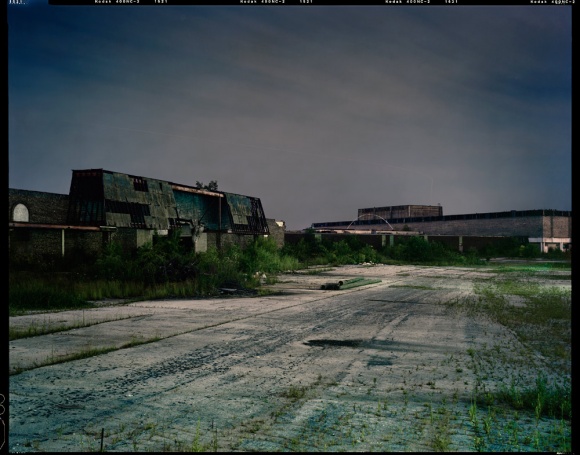
Brian Ulrich, Copia - Dark Stores, Dixie Square Mall in Harvey, Illinois, photographic print, date and dimensions unknown
I saw the abandoned stores and malls as visions of the future, forgotten buildings now serving only as shelter, disconnected from their original purpose. A lot of them I saw just as images of degradation, these types of images seem to be a big thing in photography, abandoned buildings being reclaimed by the elements. I think they are strong because they depict these spaces being allowed to interact with the ephemeral nature of the world. Finally let loose from mans misguided attempts to keep them shiny, new, and alive. They do not exist in nature, they do not support nature, therefore they cannot be sustained by nature. This may not be how Ulrich sees his work, but it is my interpretation and in this way it relates to my work and interest in the natural.
I also didn't understand what he was saying about shooting large format at night being looked down upon and that people said he was crazy. Is that some kind of art taboo? I think the lighting effects that come from the night light are very interesting and add to the idea that these buildings are past their prime, the sun has gone down on them and they are being consumed by the death that is night.
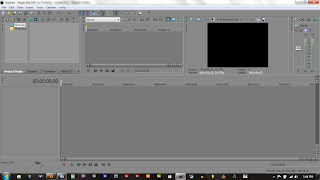 2.Import each instrument on a separate track.
2.Import each instrument on a separate track.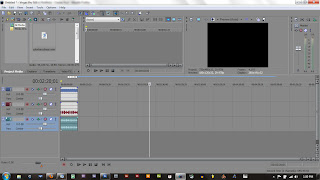 3. Go to File -> Properties -> Audio and select 5.1 surround from the Master Bus Mode drop down menu. Below that I set it to 3 buses because I have three tracks, I want the quality on the resample and stretch and low-pass filter to be at 'Best'
3. Go to File -> Properties -> Audio and select 5.1 surround from the Master Bus Mode drop down menu. Below that I set it to 3 buses because I have three tracks, I want the quality on the resample and stretch and low-pass filter to be at 'Best'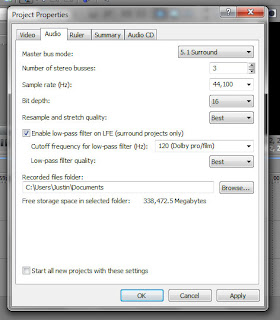 4. This should put the 5-speaker slider next to your tracks.
4. This should put the 5-speaker slider next to your tracks.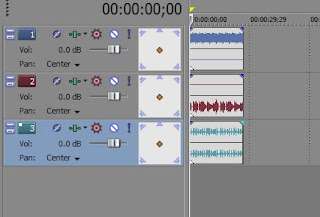 5.I already have my first two tracks split into the right and left channels so I will put the orange dot on the corresponding speaker. The third track I want on another speaker other than the left or right so I will put it on the rear right.
5.I already have my first two tracks split into the right and left channels so I will put the orange dot on the corresponding speaker. The third track I want on another speaker other than the left or right so I will put it on the rear right.